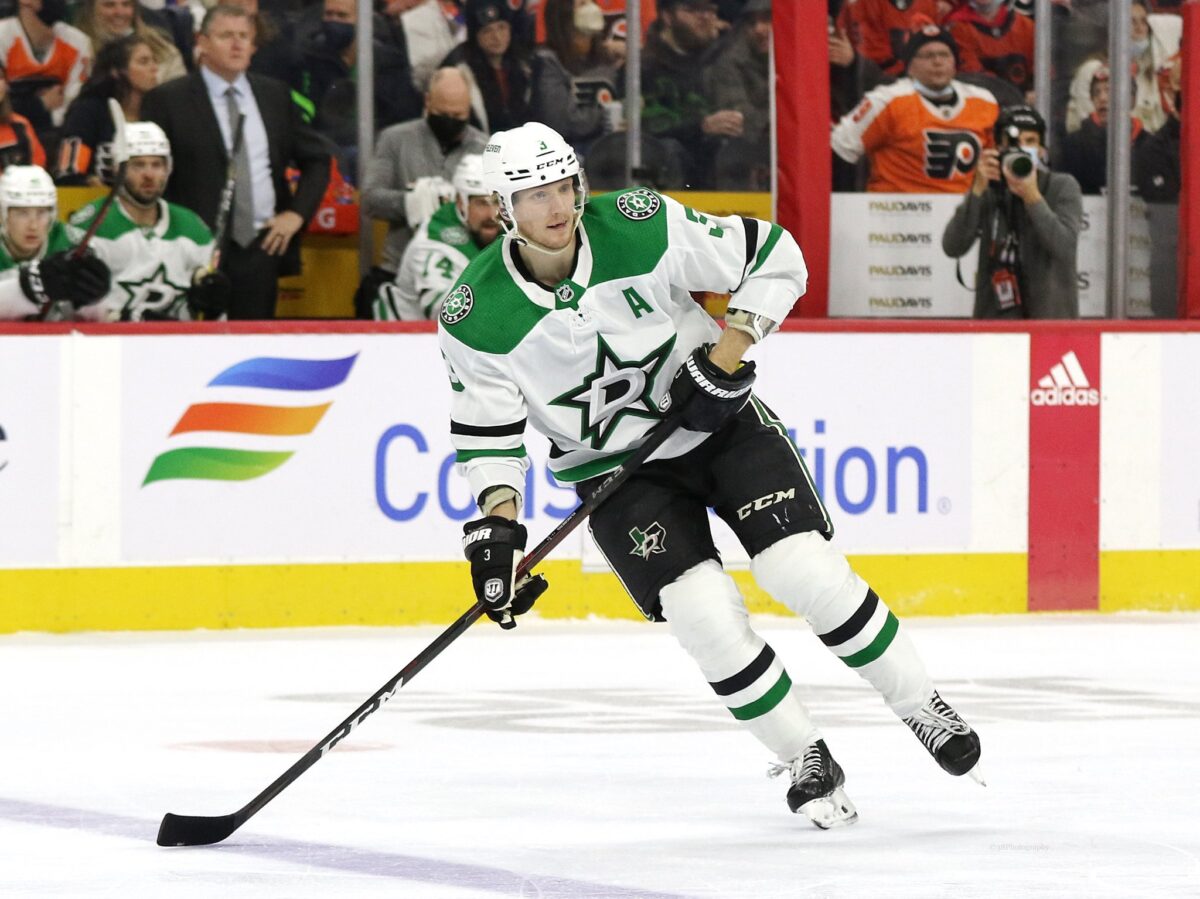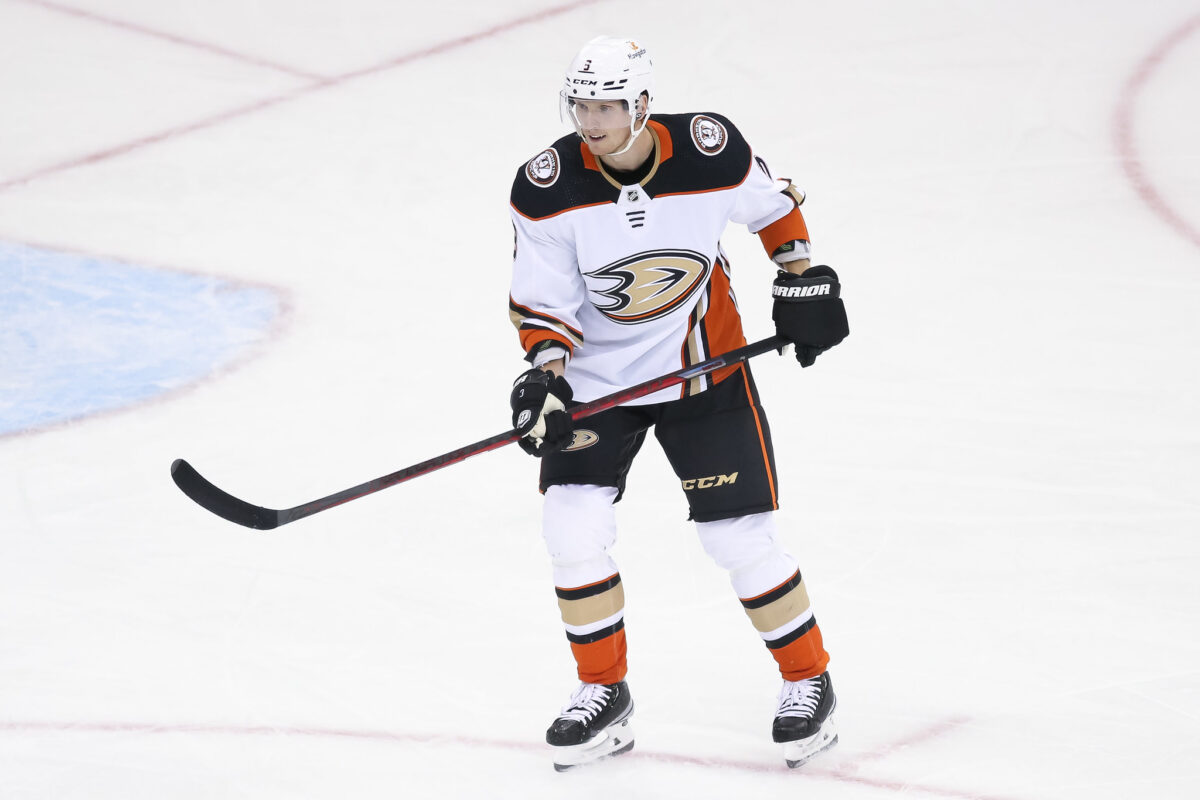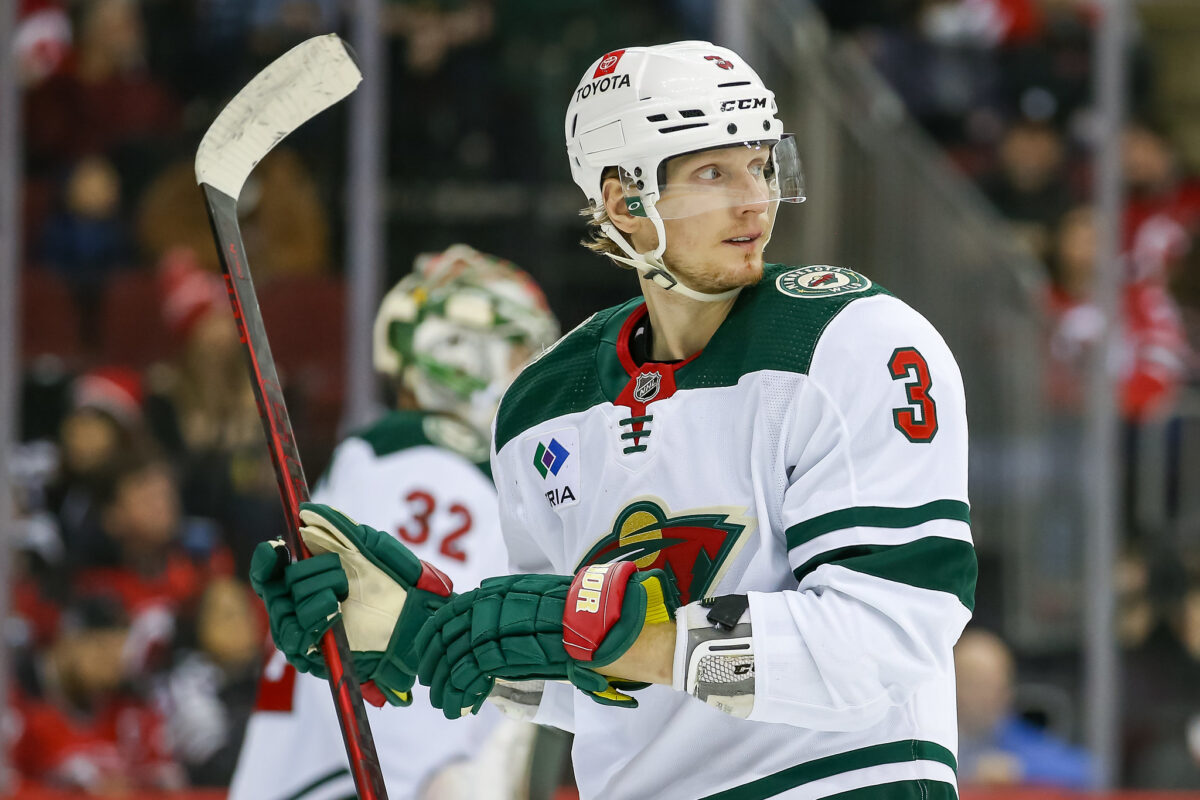To this point of the offseason, new Toronto Maple Leafs’ general manager (GM) Brad Treliving has brought in four new players through free agency. These players have been tough guy Ryan Reaves, gritty forwards Tyler Bertuzzi and Max Domi, and defenseman John Klingberg.
Related: Maple Leafs Passed on John Klingberg Trade – NHL Insider
The general consensus is that Bertuzzi and Domi were good signings that address an area of need for the Maple Leafs. Reaves looks to be taking the departing Wayne Simmonds’ role as the resident enforcer. The biggest question it seems is in regard to the acquisition of Klingberg.
Klingberg Was a Surprise Rookie with the Dallas Stars
Klingberg appears to be cut from the same cloth as the Maple Leafs’ Morgan Rielly. He’s an offensively talented defenseman who is lacking defensively. In fact, offensively he has produced at a better rate than Rielly in his career. Klingberg has 81 goals, 326 assists, and 407 points in 619 games played. Rielly has 73 goals, 341 assists, and 414 points in 719 games played.
After being drafted 131st overall in the fifth round of the 2010 NHL Entry Draft, Klingberg came out of nowhere to score 11 goals, and add 29 assists (for 40 points), while averaging 21:50 of ice time for the Dallas Stars in his rookie season. He played so well that he finished fifth in Calder Trophy voting for NHL’s best rookie and made the 2015 All-Rookie Team. The top four vote-getters for the award were Aaron Ekblad, Mark Stone, Johnny Gaudreau, and Flip Forsberg.
Related: The WHA – A Look Back at the Upstart Hockey League
In Klingberg’s first five seasons, he was regarded as one of the top defensemen in the NHL. He garnered votes for the Norris Trophy in two of those seasons. In those five seasons, he played 367 games, averaged over 23 minutes in ice time, scored 52 goals, and added 207 assists for a total of 259 points. He was plus-45 in plus/minus rating.
The Wheels Began to Fall Off of Klingberg’s Game
Then, for some reason, the wheels seemed to fall off of Klingberg’s game. Over his next three seasons, he still averaged over 22 minutes a game, but his production fell off drastically. He scored just 19 goals and added 96 assists for 115 points in 191 games played. His plus/minus rating over that period was minus-53.

Klingberg fell so far out of favour with the Stars during that period that the team let him walk as an unrestricted free agent (UFA) in the summer of 2022. He ended up signing a one-year deal worth $7 million with the Anaheim Ducks.
Last season, Klingberg was dealt by the Ducks to the Minnesota Wild at the trade deadline. Altogether last season, he scored 10 goals, 23 assists, and 33 points in 67 games for the Ducks and Wild. Once again he was an atrocious minus-28 in plus/minus rating. Klingberg did score a goal and had four points in four games played for the Wild in the Stanley Cup Playoffs.
So, What Happened with Klingberg?
So, what happened to Klingberg? Putting his production drop aside, how did he go from being a plus-45 in plus/minus rating over five seasons to being a minus-78 in his next four seasons?
Related: Marner Might be the Odd Man Out With Maple Leafs’ Core Four
If we dig deeper into Klingberg’s numbers and check out his underlying stats, we do see a decline. However, these are not as drastic as one might expect.
If we use Naturalstattrick.com to compare his 5-on-5 goals-for percentage with his expected goals-for percentage, his goals for fell from 56.7 percent to 44.2 percent. That 12.5 percent drop would reflect the huge drop in his plus/minus rating. But his expected goals percentage went from 53.0 percent to 48.1 percent, which is less than a five percent drop. Klingberg’s high-danger scoring chances percentage went from 54 percent to 50 percent, only a four percent drop.
In conclusion, Klingberg’s expected statistics show a decline in his play. However, it’s not as big a decline as his actual production. That is what the numbers indicate.
Two Things Might Have Caused Klingberg’s Drop in Numbers
What about things unrelated to the numbers? Digging deeper, two things jump out.
Klingberg’s Injuries
First is injuries. We can’t find any serious injuries reported for Klingberg before Nov. 2019. However, he suffered a lower-body injury on Nov. 5, 2019, that kept him out for three weeks. From that point on, according to CapFriendly, Klingberg suffered 12 minor injuries that were all determined day-to-day. The majority of those were listed as lower-body injuries.

Were they different injuries or a recurrence of the same injury? There were also the reported injuries in which he lost time on the ice. These notes do not count injuries that he might have played through. The bottom line is that Klingberg appears to have been injury free for the first five years of his career; however, he has had numerous nagging injuries over the past four seasons.
Dallas Stars Coaching
The second thing that jumps out relates to the Stars and more specifically their coaches. In Klingberg’s first five seasons, he played under Lindy Ruff for three of them, Ken Hitchcock for one, and Jim Montgomery for one. During Klingberg’s last three seasons with the Stars, he played under Rick Bowness. Last season, he played for a poor team in Anaheim for most of last season.
Related: Maple Leafs Lineup Is Tougher & More Skilled with Domi & Bertuzzi
Players and coaches don’t always mesh and don’t always see eye to eye. It might be a coincidence that Klingberg’s play deteriorated under Bowness in a way it didn’t under Ruff, Hitchcock, or Montgomery. It might not be a coincidence.
Klingberg Played Well with the Wild in the Postseason
After Klingberg was traded to the Wild, in 21 regular-season and playoff games, he scored three goals and had 13 points. More importantly, he was a plus-5 in those games. Not only did Klingberg average a point a game in the playoffs for the Wild, but playing 5-on-5 hockey, he was on the ice for four goals for and only one against. His expected-goals for percentage was 56.6 percent and his high-danger scoring chances percentage was 62.5 percent.

Klingberg, in a small sample at least, appeared to recapture his game in the playoffs with the Wild.
The Bottom Line
We have no way of knowing how the future will unfold for Klingberg with the Maple Leafs. A deep dive into his history shows that he’s a player who might not be as bad as he first appears. If he can play at close to the level he did his first five seasons, having him for a season at just over $4 million will be a steal. Of course, we will have to see how it all plays out.
[Note: I want to thank long-time Maple Leafs’ fan Stan Smith for collaborating with me on this post. Stan’s Facebook profile can be found here.]
